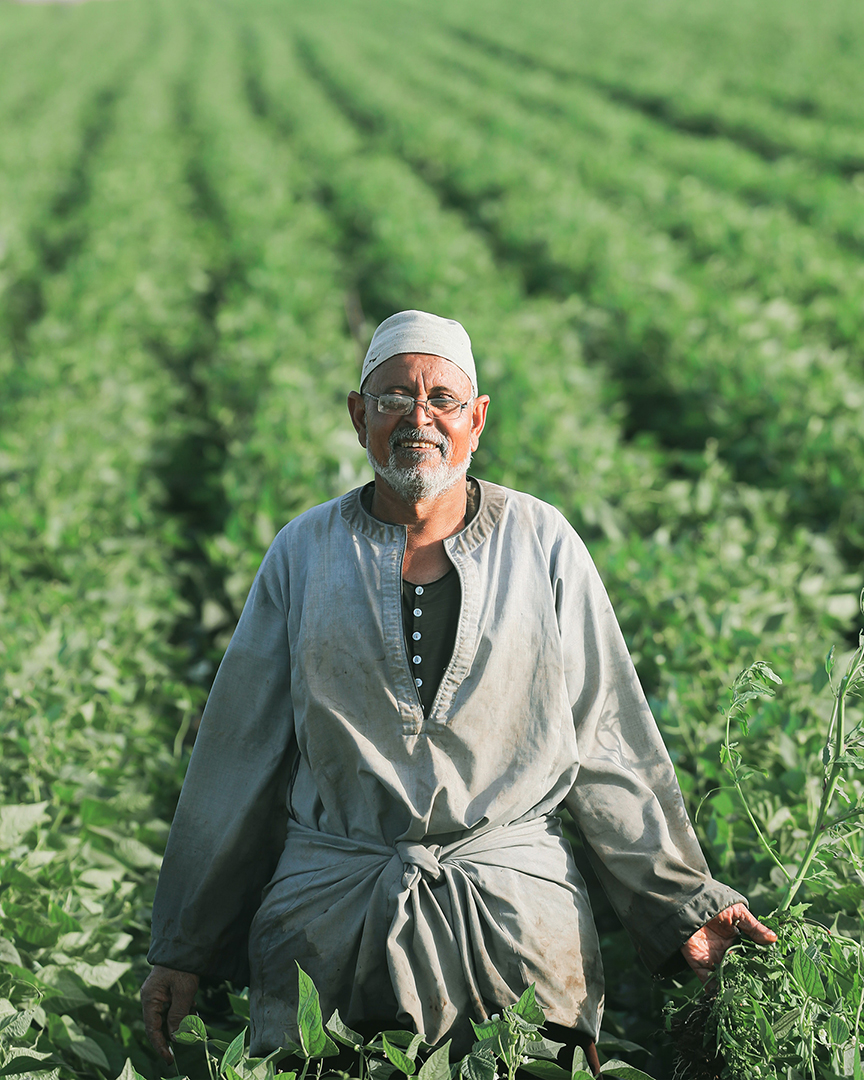
Agrochemical use. Tobacco plants require heavy use of chemicals and fertilizers, which are known to deplete the soil and run off into water sources, contaminating drinking water. Often, plots of land used for growing tobacco may not be functional for growing other crops in off-seasons, as the soil fertility is depleted.
Deforestation and land degradation. Deforestation occurs as a means to clear land for growing tobacco, as well as to collect wood required for tobacco curing. Deforestation is one of the largest contributors to carbon dioxide (CO2) emissions and climate change, and also contributes to loss of biodiversity (including wildlife), land degradation and desertification.
Farmers’ livelihood and health. Farmers are exposed to a number of health risks, including the "green tobacco sickness", which is caused by nicotine absorbed through the skin from the handling of wet tobacco leaves, exposure to heavy use of pesticides and exposure to tobacco dust. From a socio-economic perspective, farmers are often under contractual arrangements with the tobacco industry and are trapped in a vicious circle of debt, unable to get a fair price for their product. Tobacco farmers may also earn less than other farmers in the agricultural sector. Land that could have been used for other useful crops is often being used to grow tobacco.








